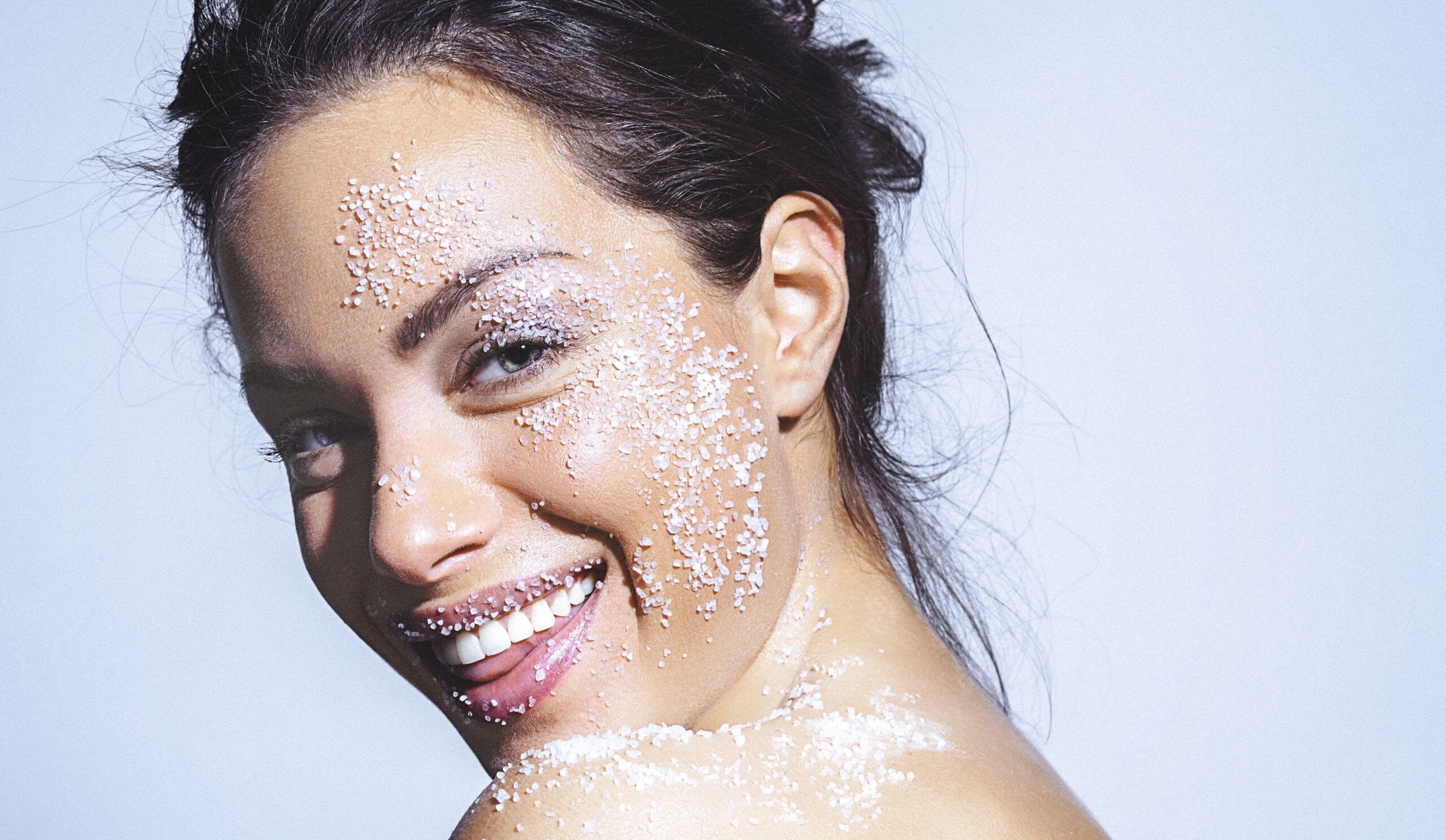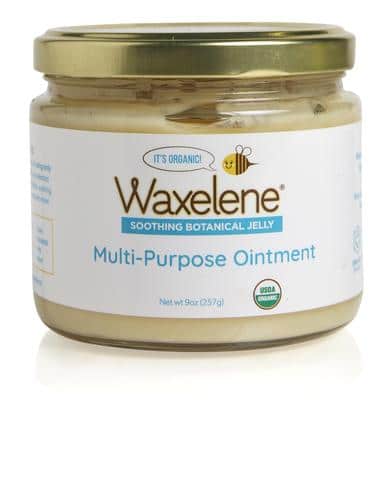Winter rash refers to extremely dry, or dehydrated, skin in winter. Causes include cold temperatures, low humidity levels, and using central heating.
Your skin has a protective outer layer of natural oils and dead skin cells, which help keep your skin soft, smooth, and moisturized.
Cold temperatures, low humidity, and high winds strip this protective layer from your skin while you’re outdoors, and it doesn’t get any better when you come inside.
Turning up the heat and taking hot showers prevent your skin from recovering. With all of these factors combined, skin tends to be itchy, dry, and irritated in the winter.
Besides chilly air and the harsh heat you use to combat it, other causes of winter rash include:
- Sunburn (yes, this can happen in the winter, too)
- Chemical-filled soaps and detergents
- Bacterial or viral infections
- Exposure to latex (if you have a latex allergy)
- High stress and fatigue related to the winter holiday season
What Causes Winter Rash?
Water and natural oils in the skin help it stay moist and enhance its protective abilities. Winter rash occurs when the skin loses too much moisture during cold seasons.
Cold, dry air and central heating can suck the water and oils from the skin. Other environmental factors, as well as lifestyle factors and certain medical conditions, can also cause dry skin and rashes.
Winter weather can also trigger some skin conditions, such as:
- Dermatitis. This refers to any inflammation of the skin. Dermatitis causes dry, itchy patches to form. It may result from poor circulation or exposure to harsh chemicals, an allergen, or an infection.
- Rosacea. Rosacea is a bacterial infection that causes rashes and small, red bumps on the skin.
- Cold urticaria. This rare skin condition causes swollen, itchy bumps called hives to form after exposure to the cold. Some people develop hives after swimming in cold water, while others are sensitive to cold air. The rash is temporary and lasts for 1–2 hours after exposure to the cold.
- Psoriasis. Cold, dry weather can trigger psoriasis flares. Other triggers include stress, smoking, and certain infections.

Symptoms of Winter Rash
A winter rash can spread throughout the whole body or only affect certain areas, commonly the hands or arms, as they are more exposed to cold temperatures than other areas of the body.
Symptoms of a winter rash include:
- redness
- itching
- rough or scaly patches
- bumps or blisters
- flaking
- inflammation
Anyone can get a winter rash, but some people are more prone than others. You’re more likely to develop a winter rash if you have a history of:
- eczema
- rosacea
- dermatitis
- allergies
- asthma
- sensitive skin
- Spending a lot of time outdoors may also raise your risk of developing a winter rash
When should I see a dermatologist?
No change in your skin is too minor to make an appointment with a dermatologist or primary care doctor, especially if it’s uncomfortable or worrisome to you.
If your skin is simply itchy and dry, you could first consider whether recent changes in your environment or bath products could be drying out your skin.
Moisturizing more often or switching to a more hydrating soap could make a world of difference. (Mild soaps unlikely to irritate your skin include Dove for Sensitive Skin, Cetaphil cleanser, Cerave cleanser, Aquaphor Gentle Wash, or Vanicream cleansing bars.)
If your skin doesn’t improve or it gets worse, it’s definitely worth seeing a healthcare provider.
If you’re diagnosed with eczema or psoriasis, a dermatologist can help you find the right treatments to reduce flare-ups.
For some, the best treatments include prescription ointments or even special types of light therapy.

What to avoid
Hot showers – They can aggravate and dry out your skin. Downgrade to a warm shower, and when you get out, don’t dry off before applying moisturizer.
(Some moisturizers I recommend for patients: petroleum jelly, coconut oil, and creams by Cetaphil, Cerave, Aquaphor, Vanicream, and Aveeno.)
Dry air – A humidifier can add moisture to the air in your home. Many people find that humidifiers not only help their skin, but they also prevent uncomfortable dryness in their nose, mouth, and throat.
Exposure to cold air and wind – Gloves, scarves, and other winter accessories are essential to reducing skin damage outdoors.
Diagnosing a Winter Rash
Your doctor can often diagnose a winter rash during a physical exam. They’ll review your symptoms and medical history to help determine the cause of your rash and prescribe treatment.
If you haven’t changed your soap or exposed your skin to chemicals recently, chances are your rash is due to dry skin.
If you’re moisturizing your skin regularly and limiting your exposure to extreme cold or hot temperatures, something else may be causing your rash.
it’s possible you’re experiencing an allergic reaction to a personal care product or medication.
You may also have an infection or skin condition, such as eczema, psoriasis, or dermatitis.

How to Treat Winter Rash
Most treatments for a winter rash are inexpensive and don’t require a prescription. For example:
Moisturizers are often the first defense against a winter rash because they help lock moisture into your skin.
Apply moisturizer several times a day, especially after bathing and hand washing.
Petroleum jelly also acts as a barrier to help seal moisture into your skin.
If you don’t like the idea of using petroleum products, consider trying petroleum substitutes, such as Waxelene.
Natural oils, such as olive oil and coconut oil, may help soothe your irritated skin and replenish moisture. Apply to your skin as needed.
Vegetable shortening is another popular folk remedy for dry skin because its solid oil content helps restore moisture. Try slathering it on after bathing or before bed.
Bathing with milk may help soothe your itchy skin. Dip a clean washcloth into whole milk and dab it on the affected area of your body, or soak in a warm bath with milk added for about 10 minutes.
Oatmeal soap and baths may also help soothe your skin. Purchase soap made with oatmeal, or add finely ground oats to a warm bath, and soak in it for about 10 minutes.
Topical cortisone creams, which are available with or without a prescription, may help reduce your skin’s redness, itching, and inflammation.
Follow the manufacturer’s directions or use as directed by your doctor.
Most winter rashes improve with lifestyle changes, home remedies, and over-the-counter (OTC) treatments.
Others may persist or get worse. Scratching may cause your skin to crack and bleed. This gives bacteria the perfect opening and puts you at risk of infection.
Contact your doctor if you have a rash that isn’t responding to OTC treatments, is bleeding, or has severe symptoms.





Hey very nice blog!
Look into my website – https://testxr10dsawer.com
Thank you very much for sharing, I learned a lot from your article. Very cool. Thanks. nimabi
Thanks a lot! Great information.
Attractive section of content. I just stumbled upon your blog and in accession capital to assert thatI acquire actually enjoyed account your blog posts. Anyway I’ll be subscribing to your feeds and even I achievement you access consistentlyquickly.
I am delighted with how beautifully and accessible you write about some matters. Really, it’s very important to me. And amazing artwork! Also check this out: link
I like it when individuals come together and share views. Great website, stick with it!